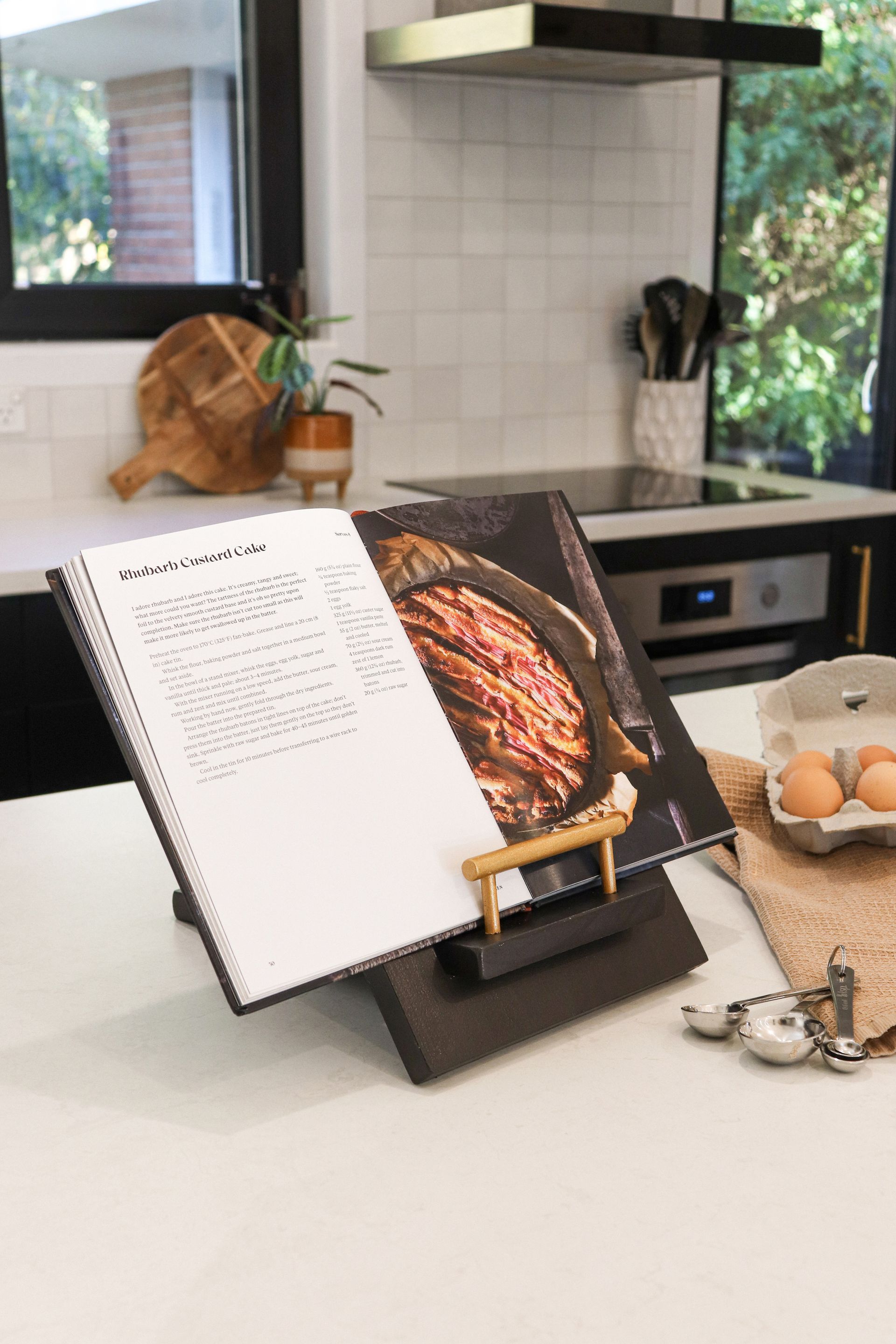There is nothing that explains the rate of change coming at farming quite like hindsight. Sarah Perriam attended the 2021 E Tipu Boma NZ Agri Summit and reports that Canterbury farming cannot afford to not change. The good news is that we already have the technology and intelligence at our fingertips to be the world’s first climate-positive farm.
The first Boma NZ Agri Summit event I attended was at the Horncastle Arena in 2019 and had farmers, growers, food marketers and agri professionals on the edge of their seats with the transformational industry disruptions coming at them. Returning in May 2021, the event, renamed E Tipu, was a wake-up reflection on how far the primary sector had or hadn’t evolved.
With an ambition to bring world-class knowledge, insights and inspiration to Canterbury, and also showcase Canterbury to the world, E Tipu explores the intersection of key themes of innovation, transformation, disruption and inspiration. Speakers beamed in from around the globe and onstage to discuss emerging technologies that growers and producers are using to be more efficient and sustainable; disruptive business models; the role of Māori wisdom and transformative ideas from tackling climate change to mental health.
‘E Tipu was created to bring together big, important themes to make sure our primary sector is ready and excited to lead into the future. Our focus is at the intersection of “What you need to know” – all of the dramatic, external shifts affecting our industry – and “Who you need to be” – tackling the questions of who we are, what kind of lives we want to create, and what is truly important to us,’ explains Kaila Colbin, Founder and CEO at Boma New Zealand.
The seismic shift I witnessed over two years between the first two events for a traditional community by reputation are being embraced. Progressive change is all around us and knowledge on how to become part of it is more crucial than ever before. If we want greener pastures for Aotearoa New Zealand we all need to identify which cog in the wheel we want to be to drive forward for our mokopuna, our grandchildren.
Sir Ian Taylor’s closing speech resonated with all, highlighting the enormous potential we already have within our reach. ‘We never used the word “challenge” with Covid, we only used the word “opportunity”. What would have taken five years to achieve without Covid took us six weeks. The technology exists. We just have to come together to agree on our reasons why, and this waka, Aotearoa, will be a leader in the world.’
Dave Maslen, General Manager for Markets and Sustainability at NZ Merino discussed the fact that we need to think of customising our farming systems to service the new model of consumption where people want to buy products that can help them be part of the solution rather than part of the problem. ‘We celebrate activists because they highlight the challenges, but more so we must celebrate our growers because they are the actionists – the ones who implement the change the planet so desperately needs,’ Dave explained as they launched an industry-first framework for accrediting for regenerative farming practices.
Regenerative farming continued as a theme across the two days with presentations from Integrity Soils Consultant and Author Nicole Masters, CEO Calm the Farm Mike Taitoko, and Quorum Sense Co-Founder Jono Frew.
‘What if New Zealand was the world’s first carbon-positive farm? What if instead of defending the problem we attack the opportunity?’ challenged 42BELOW Vodka Founder, now owner of Lake Hawea Station, Geoff Ross.
The environmental challenges of farming and using biotechnology and ag-tech solutions to overcome them were a main thread for speakers from BioLumic, John Deere, AgFunder and CH4 Global.
Knocking the ball right out of the park was Paul Polman, IMAGINE Co-Founder and Chair and former CEO of Unilever, who shared his views on the true dilemma affecting society’s ability to move forward sustainably. ‘Five million children die every year of infectious diseases like pneumonia or diarrhoea that could be prevented with a bar of soap. We are in a moral dilemma, much more than an innovation dilemma. You have to simply ask yourself the question, do we care?’
Well you can certainly say ChristchurchNZ cares as Host City Partner of E Tipu with this truly global event seeing thousands tuning in from across the globe, marking us on the map for supporting intelligent and intentional action today for a better world tomorrow.
Recent stories



All Rights Reserved | CountryWide Media





